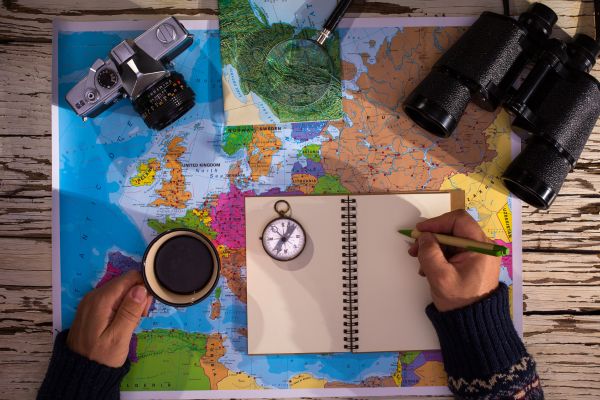Asia, with its diverse cultures, breathtaking landscapes, and rich history, offers travelers an unparalleled experience throughout the year. However, choosing the best time to travel Asia is crucial for maximizing your adventure. Each region has its unique climate patterns, festivals, and natural beauty that change with the seasons. Understanding these variations can help you plan the perfect trip and create memories that last a lifetime.
Understanding Asia’s Diverse Climate Zones
Asia spans a vast geographical area, stretching from the icy tundras of Siberia to the tropical beaches of Southeast Asia. This diversity means the climate varies widely across regions. Northern Asia experiences harsh winters and mild summers, while Southeast Asia has a tropical climate marked by monsoons and humid weather. The Middle East and parts of South Asia have arid conditions with hot, dry summers and cooler winters. Recognizing these differences is key when considering the best time to travel Asia.
Spring: A Season of Blossoms and Festivals
For many travelers, spring is considered the ideal time to visit Asia. From March to May, temperatures begin to rise after the cold winter months, and nature awakens in spectacular fashion. Countries like Japan and South Korea become particularly enchanting as cherry blossoms blanket cities and countryside alike. The pleasant weather also makes exploring bustling cities, hiking trails, and ancient temples more enjoyable. Moreover, spring is a season of festivals, such as Thailand’s Songkran, where streets come alive with vibrant celebrations. If you are seeking a balance of good weather and cultural immersion, spring may indeed be the best time to travel Asia.
Summer: Ideal for Northern Adventures
While summer in parts of Asia can be sweltering and humid, it is also the perfect season to explore the continent’s northern regions. From June to August, destinations like Mongolia, Siberia, and the Himalayas open up for trekking and outdoor activities. In Central Asia, countries such as Kazakhstan and Kyrgyzstan offer breathtaking mountain scenery and nomadic cultural experiences during this time. However, Southeast Asia and South Asia often experience monsoon rains, making travel challenging in some areas. Careful planning and choosing northern or high-altitude destinations can make summer a rewarding period for your Asian journey.
Autumn: A Golden Season for Exploration
As the heat of summer fades, autumn emerges as a favorite season for travelers seeking the best time to travel Asia. Between September and November, many parts of Asia experience cooler temperatures and dry weather, creating optimal conditions for sightseeing. China’s countryside is bathed in golden hues, and popular destinations such as the Great Wall or the rice terraces of Longsheng are at their most picturesque. In India and Nepal, autumn marks the beginning of the trekking season, with clear skies and breathtaking views of the Himalayas. This season also hosts major cultural events, like the Mid-Autumn Festival in China and Diwali in India, offering travelers a chance to witness Asia’s rich traditions.
Winter: A Time for Tropical Escapes and Snow Adventures
Winter in Asia, spanning from December to February, offers contrasting experiences depending on where you go. Tropical destinations such as Thailand, Malaysia, and the Philippines enjoy their peak season with dry, sunny weather that is perfect for beach vacations. On the other hand, regions like Japan and South Korea transform into winter wonderlands, attracting visitors for skiing and hot springs. For those who love snowy landscapes and festive atmospheres, northern Asia’s winter charm is hard to resist. However, travelers should be prepared for colder temperatures and shorter daylight hours in certain areas.
Choosing the Right Time for Your Interests
Determining the best time to travel Asia ultimately depends on your interests and the experiences you wish to have. Adventure seekers may prefer summer for trekking in the mountains, while culture enthusiasts might opt for spring or autumn to coincide with major festivals. Beach lovers and sun seekers will find winter perfect for escaping colder climates back home. By aligning your travel goals with the seasonal highlights of your chosen destination, you can ensure a memorable and fulfilling journey.
Final Thoughts: Planning Your Perfect Asian Getaway
Asia’s beauty lies in its diversity, not only in culture and landscapes but also in its seasons. Understanding when to visit each region is key to experiencing the continent at its best. Whether you are chasing cherry blossoms, climbing Himalayan peaks, relaxing on tropical beaches, or immersing yourself in ancient traditions, there is an ideal season waiting for you. With thoughtful planning and an appreciation for Asia’s seasonal rhythms, your trip can be more than just a vacation—it can be the adventure of a lifetime.
